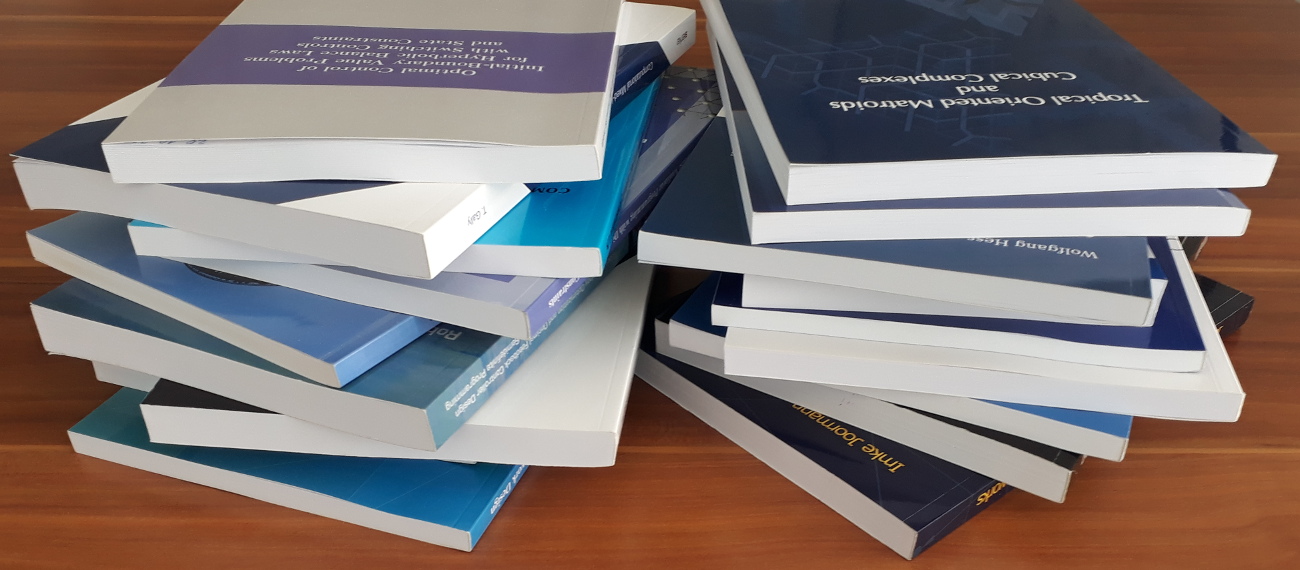An unstructured Finite-Volume Level Set / Front Tracking method for capillary flows
Tobias Tolle
In this thesis the unstructured Finite-Volume hybrid Level Set / Front Tracking method (LENT) for immiscible two-phase flows is extended to enable the simulation of capillary flows. The major contributions are a more accurate interface curvature approximation, an accuracy driven pressure velocity coupling algorithm, an approximation technique for consistent mass fluxes for momentum convection and two novel approaches for the computation of volume fractions from triangulated surfaces. All proposed techniques and algorithms are devised for unstructured Finite-Volume meshes. The improved curvature approximation uses a signed distance field as input and utilizes surface-mesh/volume-mesh mappings to reduce curvature variation in interface normal direction. A novel, local correction approach is introduced to further reduce the curvature error in cells intersected by the interface. To ensure a prescribed solution accuracy, an iterative, accuracy driven pressure velocity coupling algorithm is presented that builds on the established segregated solution algorithms. The necessity of consistent mass fluxes for momentum convection in the presence of differing fluid densities is analyzed. For interface advection methods that do not utilize phase-specific volumetric fluxes, a method to obtain approximate, consistent mass fluxes is proposed. The resulting improvements for capillary flows are demonstrated using canonical verification and validation test cases. Two novel algorithms to compute volume fractions on unstructured volume meshes from oriented triangle surfaces meshes are introduced, one based on geometric intersections and one based on approximation and adaptive refinement. Intended for the phase indicator calculation in the context of Level Set / Front Tracking methods, both algorithms are shown to be sufficiently accurate to initialize volume fractions also for the Volume-of-Fluid method. In fact, test cases demonstrate that both approaches’ accuracy is only limited by the resolution of the surface mesh.

